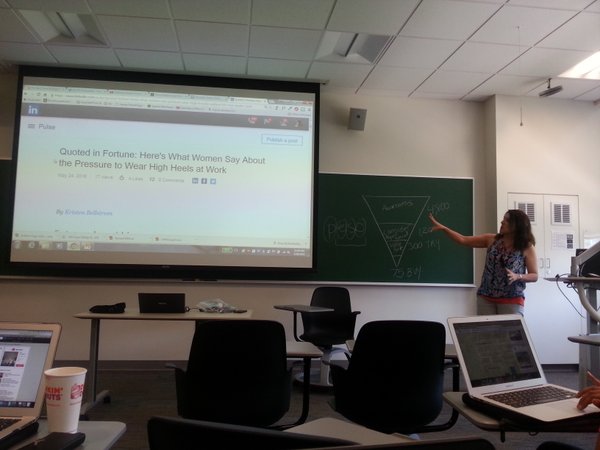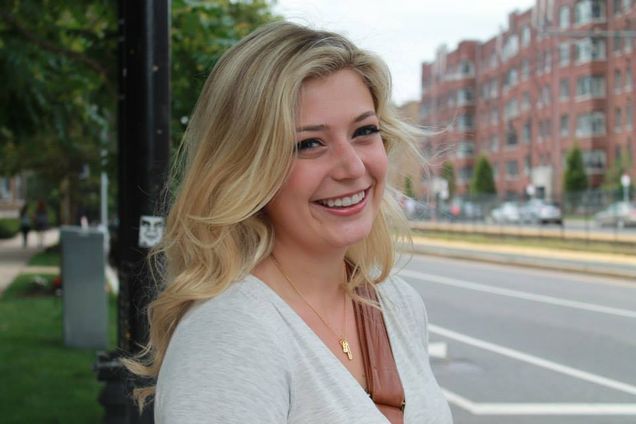By Samantha Middleton
The term “network” and has become an essential concept not only in how our society relates to technology and to each other, but also an even more important term to us in Emerging Media Studies. While we continue to plan #Screentime and work on client-facing projects for our classes, we simultaneously are investigating the history of networks, and learning about “networking” both in study and practice.
I feel like I can’t escape the term. Our research here at BU is constantly shaped by social networking and how those networks have impacted the way we communicate and work with one another. And as we have an entire class on the history of technological networks, and also have to start building our professional networks as we near graduation, suddenly networks are integral to our success as students, professionals, and for #Screentime.
Boston University Public Relations professor and social media guru Amy Shanler met with our program recently to discuss how using our own networks and building new ones will lead to a more successful academic conference. She shaped the discussion by asking us how we will bridge the delta between a target audience and an engaged audience.
In terms of social content and networking, this means that significant research has and will continue to be conducted to ensure that we are reaching out to the right audience for #Screentime, including professionals, graduate researchers, industry experts and educators. In order to make promotional content effective in a social network, the network with which we are sharing that content is the first aspect that must be established.
When planning an event like #Screentime, setting goals and objectives is an essential part of the process. We also know that setting those objectives means that not all of them have or will be met. While initially disheartening, we know to see this as an indication we need to re-evaluate our strategy and use analysis to find new insights and opportunities.
I couldn’t help but think of Professor Shanler’s advice for network strategy as essential to our conference planning but even more significant to the looming job hunt and entrance into the competitive digital. The networks we build, both social and professional, on or offline, should be carefully crafted, maintained, and managed. “Expanded reach” is not just a term for social media strategy, it is a goal and sign of effective networking.
The networks we build can offer opportunity and success in unforeseen and surprising ways. A cup of coffee with an old professor or someone in a different profession can lead to a research path or job opportunity not previously considered. And while being “social” and “networking” may seem like a natural part of how we communicate and relate to one another, in order for these strategies to be effective in and outside of the classroom, our networks need to be maintained, managed, and created with genuine care.
About Samantha
I’m a Chicago native and a Boston transplant who came to the east coast to get my Bachelor’s in Communication from Boston College. My background is in journalism and my concentration here at EMS has been examining new forms of conversation emerging from technologies and platforms like Twitter and Snapchat (and how I don’t think it means we are losing our ability to talk to people!) This year, I have really enjoyed learning from Dr. Cummings in his New Communication Technologies class, where I also was able to present a project on something very near to my heart: the lack of access to mental health care on college campuses, and how we can use emerging technology to fix that.

